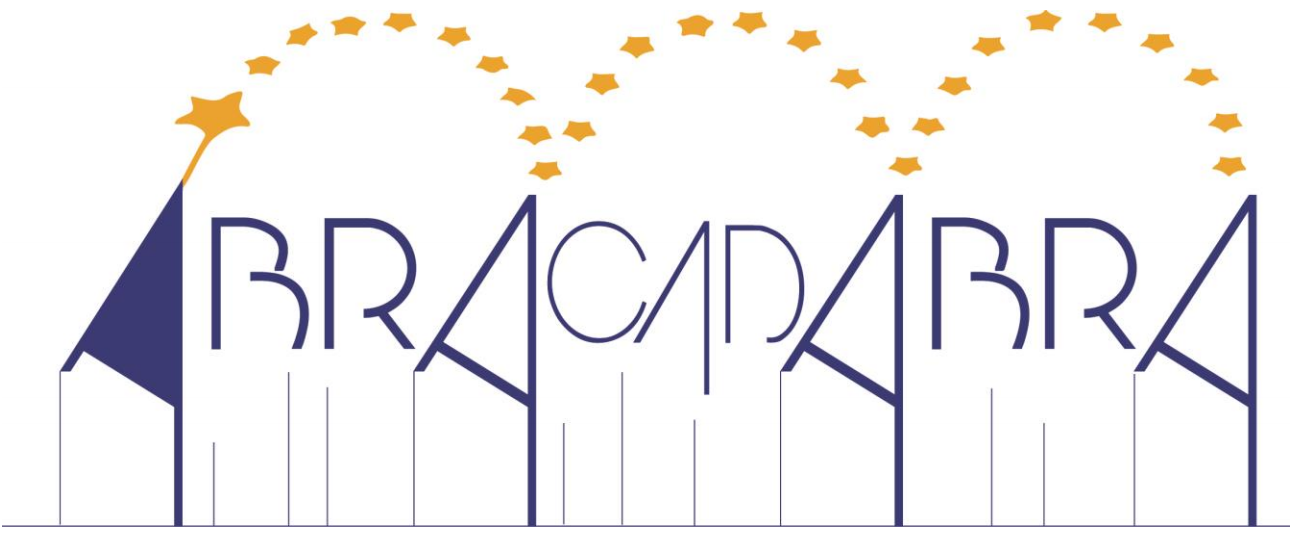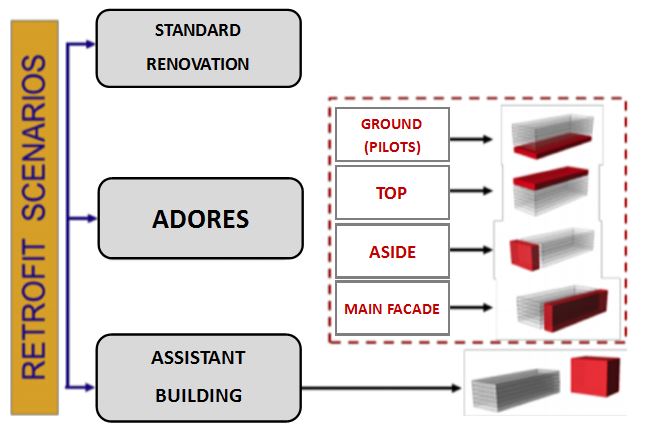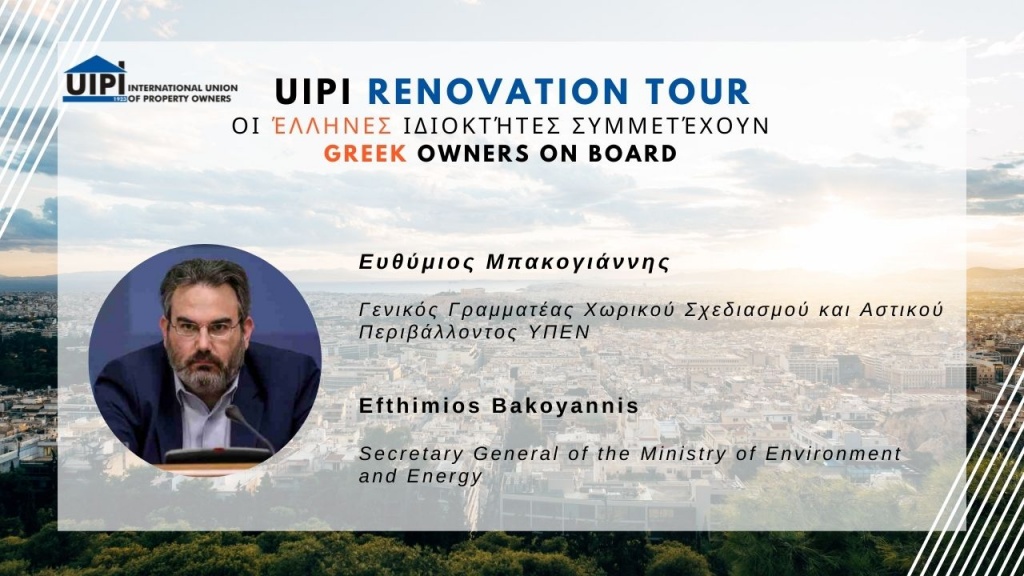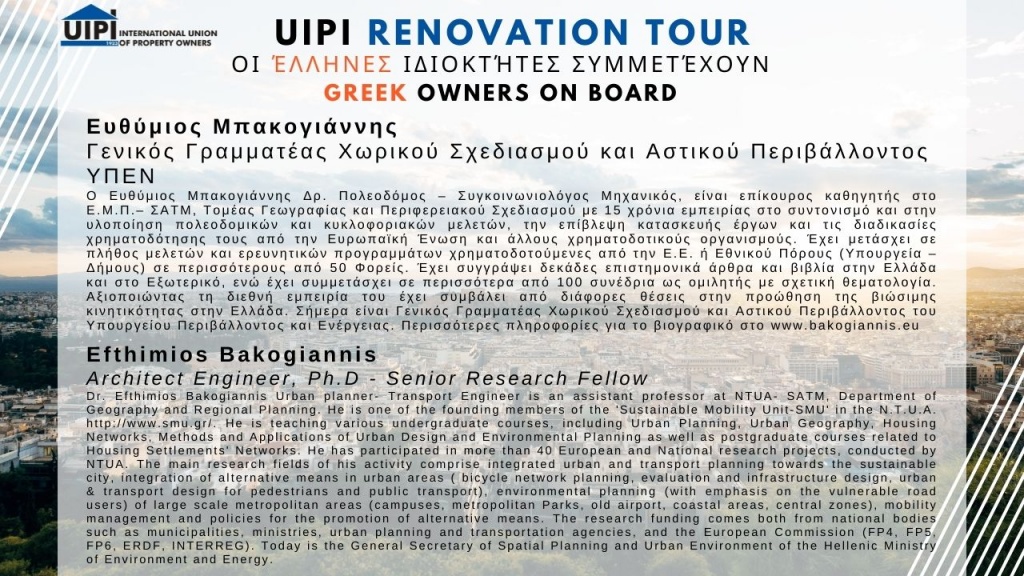 Non-energy-related benefits play a key role in the deep renovation of existing buildings. Focusing on these benefits to drive energy efficiency renovation, and not the other way around, is the concept tested in the EU funded ABRACADABRA project.
Non-energy-related benefits play a key role in the deep renovation of existing buildings. Focusing on these benefits to drive energy efficiency renovation, and not the other way around, is the concept tested in the EU funded ABRACADABRA project.
ABRACADABRA is a three year-long project designed to build confidence and demonstrate to both key stakeholders and financial investors the attractiveness of a new renovation strategy based on volumetric Add-Ons and Renewables (AdoREs).
The central goals of the project consist of an important reduction of the payback time of the interventions, a strengthening of the key investors’ confidence, increasing quality and attractiveness of the existing buildings’ stock and, finally, reaching a concrete market acceleration towards the nearly Zero Energy Buildings (nZEB) target to reach EU Climate and Energy goals.
The project started in 2016, following few years of research and experiments carried out by the Department of Architecture of the University of Bologna and brings together partners from 11 countries in Europe facing very different climatic and economic conditions.
We talked to Annarita Ferrante, the project leader and an Associate Professor of Architecture at the University of Bologna to give you and insight on the project.
 UIPI: What are the objectives ABRACADABRA?
UIPI: What are the objectives ABRACADABRA?
Annarita Ferrante: In Europe, approximately 35% of buildings are over fifty years old, so, retrofitting the existing building stock is essential to reduce energy consumption, fossil fuel consumption and CO2 emission. But the actual investment gap in the deep renovation sector is caused by the need for high up-front investment costs which are generally characterised by an excessively high degree of risk and very long payback periods. It is, therefore, necessary to develop innovative actions to unlock the needed public and private funds, fill the energy efficiency investment gap and ultimately contribute to re-launch the construction market and create new jobs.
This is what we try to do in this project by testing if building AdoREs can increase the real estate value, refund the initial investment needed while enhancing its energy efficiency.
UIPI: What are AdoREs?
Annarita Ferrante: “Add-ons” are volumetric extensions to e.g. the roof and façades of buildings, or an additional side to a building, offering extra space or a completely new additional building construction. When these “add-ons” are integrated with renewable energy systems, they are referred to as AdoREs.
UIPI: How should the project concept translate in concrete terms? What are the benefits for property owners?
Annarita Ferrante: By introducing the additional value of new or extended housing units, ABRACADABRA wants to generate new sources of revenue that can counterbalance the upfront costs, stimulating and fostering investments in the field of energy renovation.


UIPI: What should property owners take into consideration when choosing to use AdoREs?
Annarita Ferrante: There are several specific aspects for property owners to take into account before undertaking deep renovation through AdoREs. The main considerations are legal. For example, many countries in the EU require unanimous consensus of all the co-owners to do renovation. Some cities have strict urban planning rules that make extension difficult and so on and so forth. Technical aspects also play a key role, considering the possible interference of one addition with the visuals and respective rights of others in the same building. And of course, last but not least, the question for pre-financing is also important. During the national and international meetings we organise throughout the project, our objective is to address all these barriers develop concrete tools to overcome them and collect best practice examples.
UIPI: Talking about tools, which are the tools you develop? Whom do they address? What type of information is required to use the tools?
Annarita Ferrante: The tools we are developing are meant to allow whoever is interested in running a ‘preliminary feasibility study’ to evaluate the benefits of the proposed AdoREs solutions in comparison to alternative renovation solutions. They include technical aspects, but also financial and legislative ones, offering a complete picture of the possibilities for AdoREs renovation.
To run the feasibility study, some basic information regarding the building is necessary such as: the original drawings and dimensions, the real estate value of the property unit and the location, and records of energy consumption. The tools will be available for all EU Member States, but case studies have covered so far only eight Member States (Bulgaria, Latvia, The Netherlands, Romania, Italy, Spain, Norway, and Greece). We hope to enlarge the set of case studies, as they will be helpful to review the data and make the toolkit more reliable.
In general, the toolkits are addressed to all interested stakeholders – public bodies, professional, owners, housing associations, construction companies credit institutions, research bodies – but they will also be available to the general public. Given their complexity, we will prepare a user-oriented, easy and accessible online interface where non-expert users will be able to test the AdoREs strategy and verify its potential for their homes or properties.
If you would like to stay informed on the ABRACADABRA project, gain access to the document archive and toolkits, join our ABRA Community!



